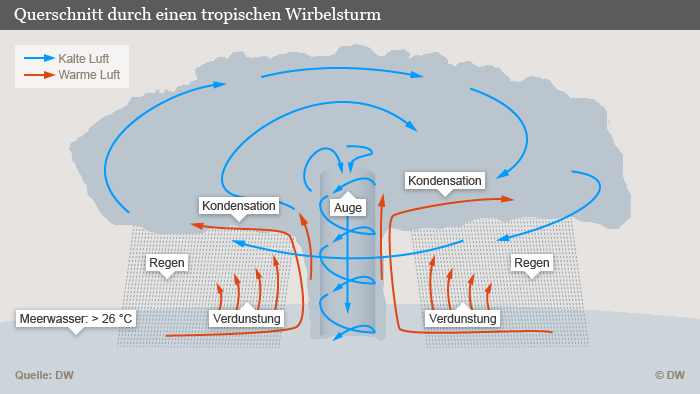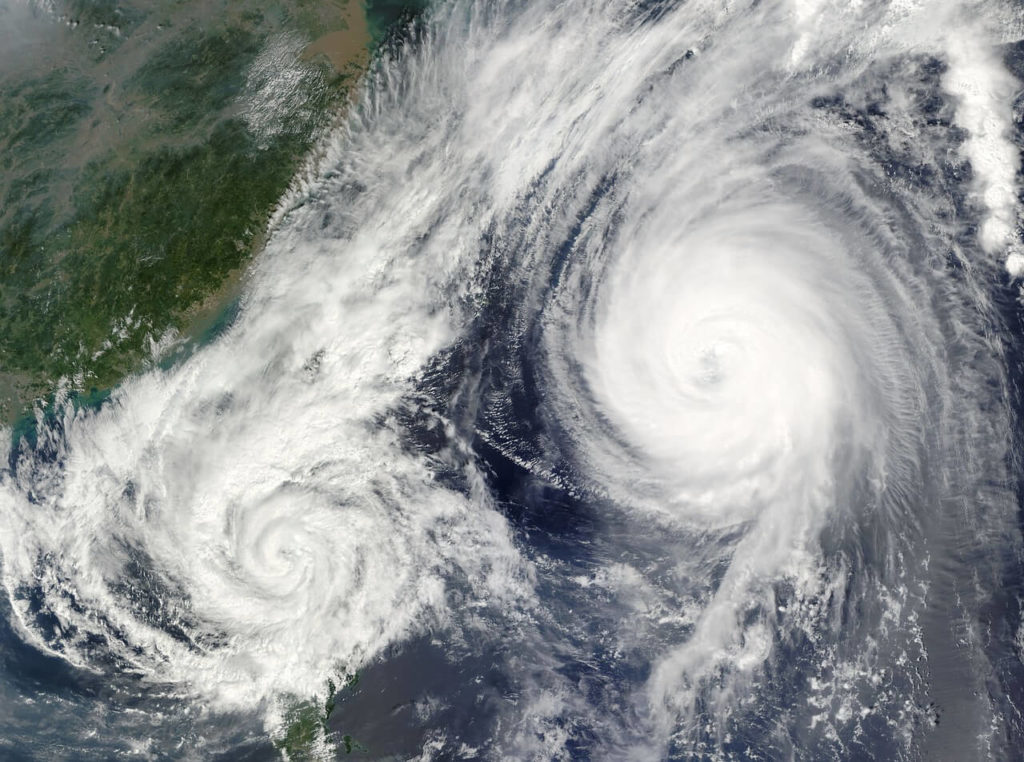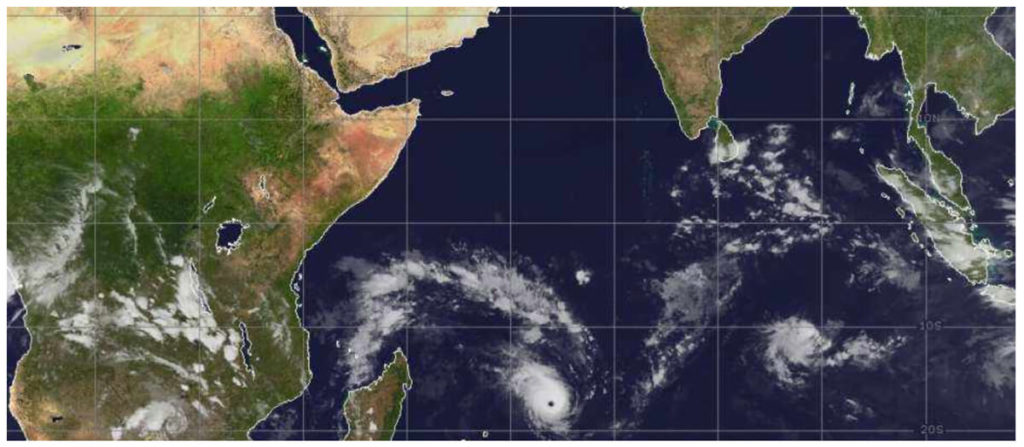Hurricanes in the Caribbean, typhoons in Southeast Asia, and cyclones over Mauritius. Often, fear is immediately apparent. But these natural phenomena don’t always bring chaos and devastation. Cyclones occasionally approach Mauritius, especially between November and April.
But what are cyclones, and how do they form? What should one be aware of, and how do such tropical storms manifest themselves? Which cyclone is currently near the island? All about it in the following article.
What you should also know:
- Best time to travel to Mauritius
- All-inclusive hotels on the island
- Sights in Mauritius
- Our best tips for Port Louis
- All about the Currency in Mauritius
- Book a rental car in Mauritius
- Excursions & tours on the island
- Everything about visas & entry
- Costs for 2 months in Mauritius
- Comprehensive Mauritius FAQ
- What else you should know:
- 1. What is a cyclone?
- 2. Destructive cyclone “Hollanda” in 1994
- 3. Cyclone warning levels in Mauritius
- 4. Precautionary measures
- 5. Current cyclone in Mauritius
- 6. Informative pages about cyclones in Mauritius
1. What is a cyclone?
Cyclones are tropical storms that form particularly in regions of the earth where large amounts of water warm to over 26°C for an extended period of time. The water masses heat up, and above a temperature of 26°C, water evaporates more quickly, and cloud towers form. These can grow to enormous heights. And since the Earth never stands still, but rotates, these cloud towers are set in motion and begin to wander.
In the center of such a cyclone, the storm can reach speeds of up to 250 km/h or more. Torrential rains are the norm here. Now, one must especially expect power outages, water shortages, flight delays and cancellations, and telephone interruptions. Such warnings are broadcast 24/7 on TV and radio in several languages.

2. Destructive Cyclone “Hollanda” 1994
Mauritius has been hit by destructive cyclones several times in the past. Each year, approximately 12 cyclones form in the Indian Ocean, which can last for up to three weeks. The outliers of three to four cyclones hit the island each year. Mauritius has also had to endure one or two truly severe storms in recent years.
The tropical cyclone and cyclone “Hollanda” was the worst to date. This cyclone formed on February 6, 1994, and struck the island on February 10, 1994, with wind speeds of up to 155 km/h. This storm left more than 1,500 people homeless and destroyed approximately 450 houses. It also left two people dead and caused damage amounting to 135 million US dollars. In 1945, Cyclone Carol hit the island and destroyed 60% of the sugar cane harvest.

3. Warning levels for a cyclone on Mauritius
Level 1:
The cyclone has formed. Now there is a theoretical possibility that it could hit Mauritius. However, the cyclone is still hundreds of kilometers away from the island.
Level 2:
At warning level 2, the probability that the cyclone will approach the island increases. Now, for example, schools are being closed due to heavy rainfall.
Level 3:
Mauritius is now already in the cyclone’s area of influence. Due to wind speeds of up to 160 km/h, the airport and shops, among others, are closed. People should not leave their homes or hotels. Driving is also prohibited across the entire island.
Level 4:
The cyclone has now reached its full extent and is directly over Mauritius. In such cases, pay particular attention to the general instructions in the media and do not leave your room/house/hotel.
4. Precautionary Measures
During a cyclone warning, it is recommended to have supplies such as water, food, and batteries on hand. If you are in a hotel, follow the instructions of the staff, as they are prepared for such situations. The buildings are usually stable and can withstand strong winds and rain.
After a cyclone, flooding, damaged roads, or power outages may occur. It is advisable to monitor the current situation and follow official instructions.
Check the weather forecast if traveling during cyclone season and stay informed about local news and cyclone warnings. It is also worthwhile to take out travel insurance that covers weather-related cancellations.
5. Cyclone Mauritius Today
The strongest cyclone to hit Mauritius in the last twelve months was “Belal.” On January 15, 2025, it reached wind speeds of up to 148 km/h near the town of Petite Case Noyale at around 10 a.m. local time and had a diameter of 81 kilometers. This made it a Category 1 cyclone according to the Saffir-Simpson scale. Over the open sea, it even reached 165 km/h and briefly rose to Category 2.

6. Informative pages about cyclones in Mauritius
- Detailed weather forecast for Mauritius
- Radar and satellite images of Mauritius
- Satellite images of Asia and Australia
- Tropical Storm Risk (TSR) – current tropical storms worldwide